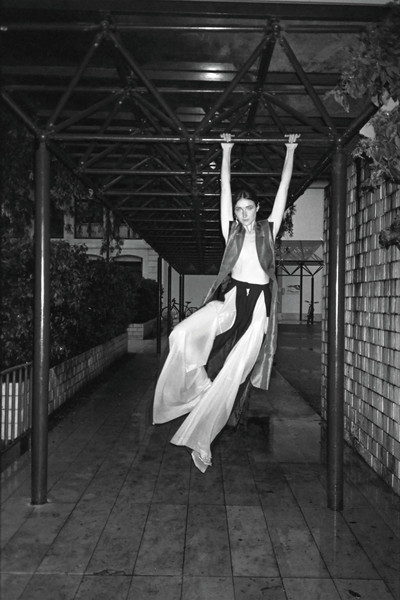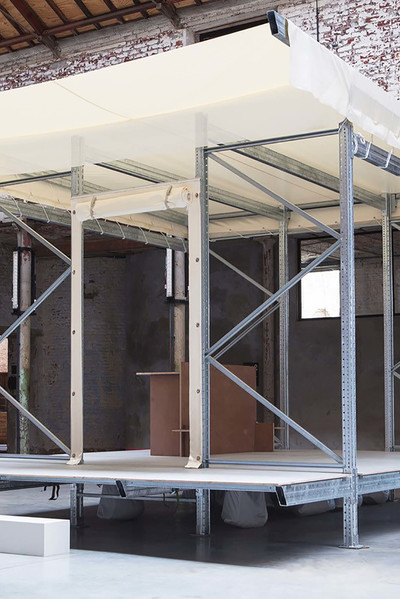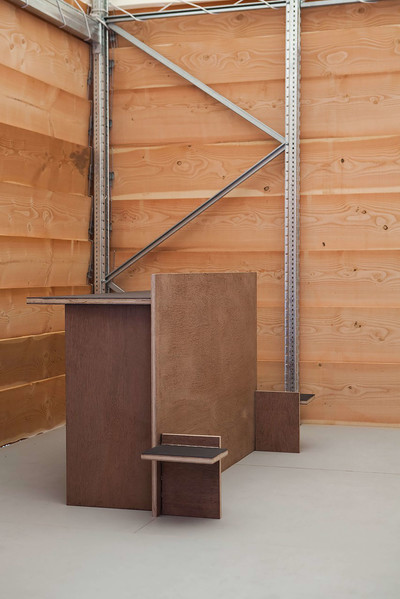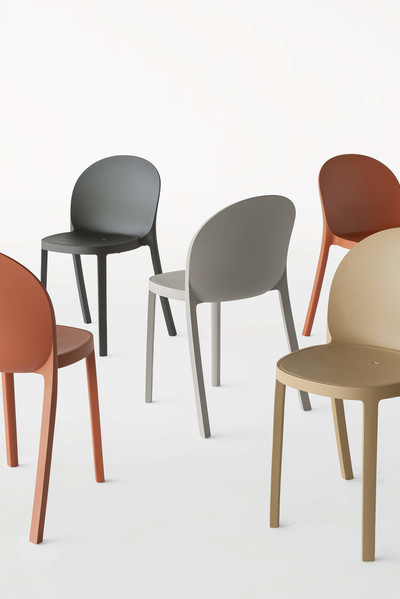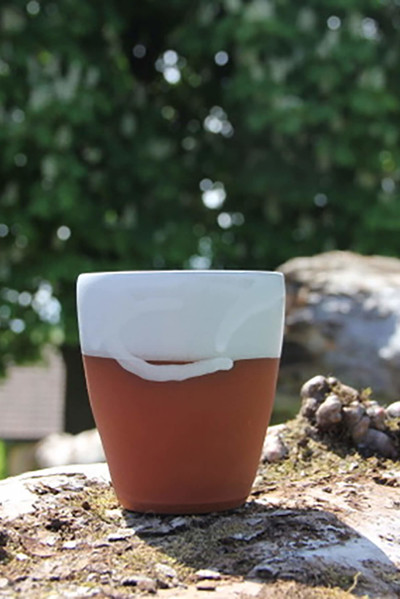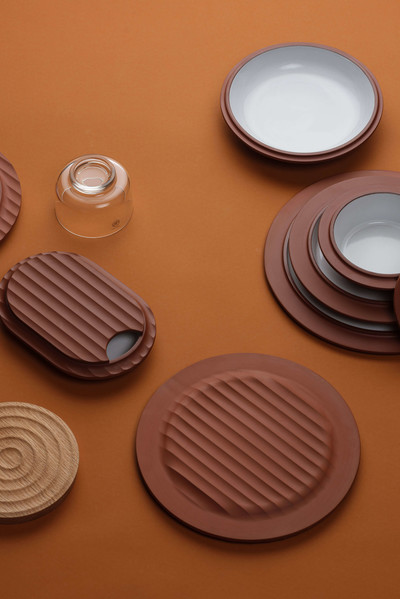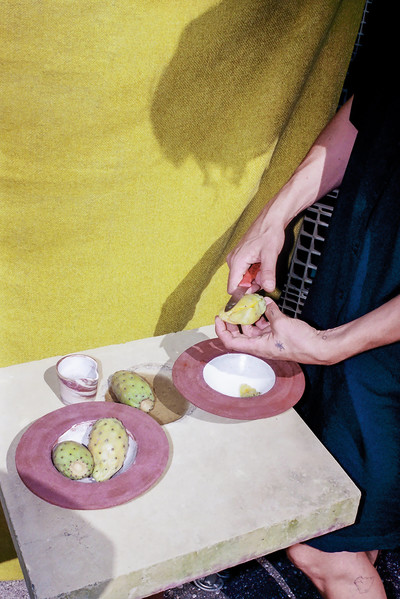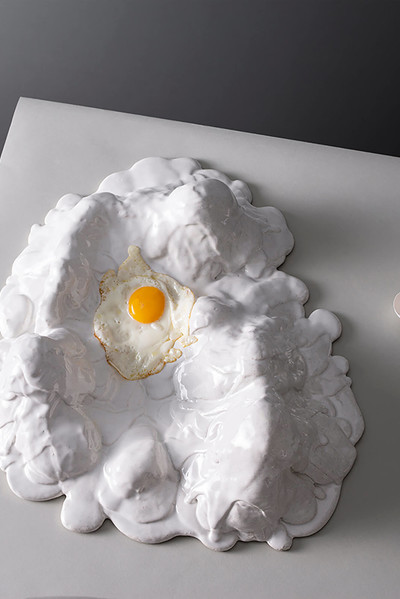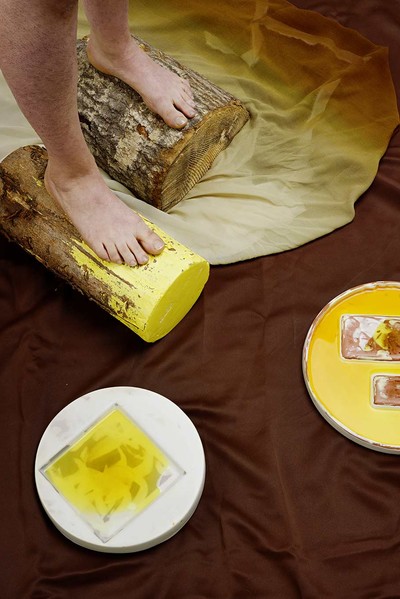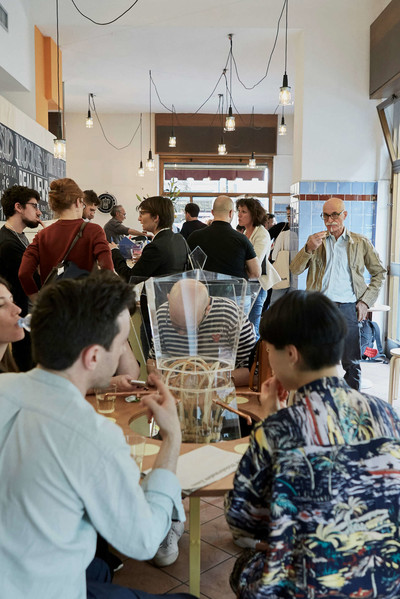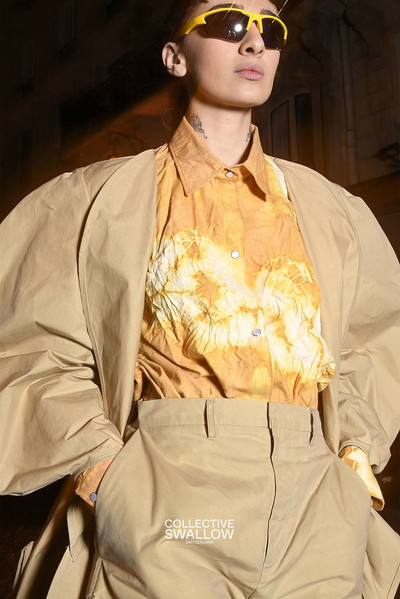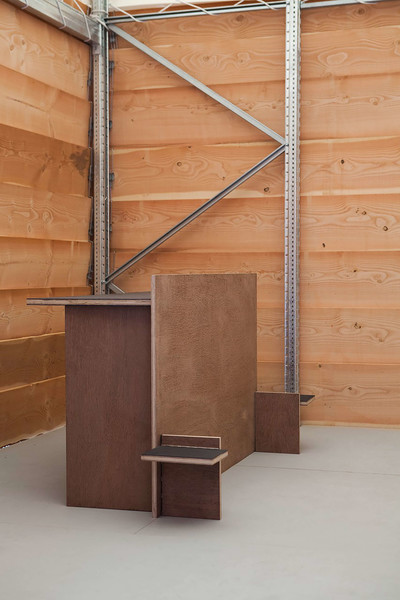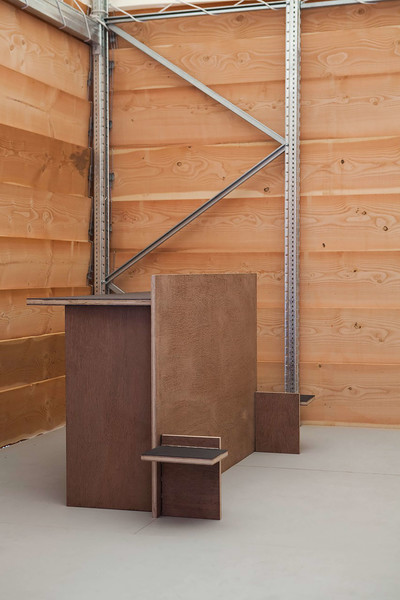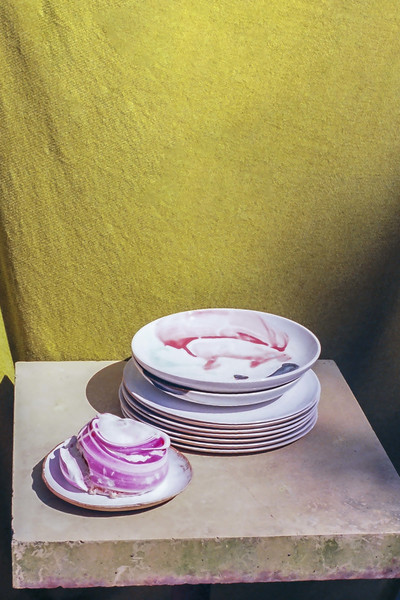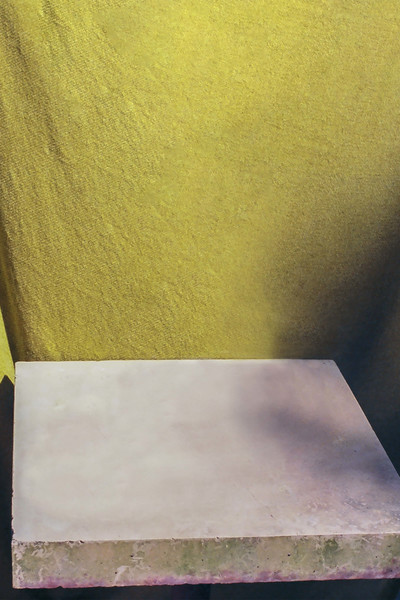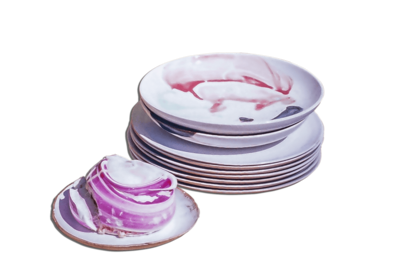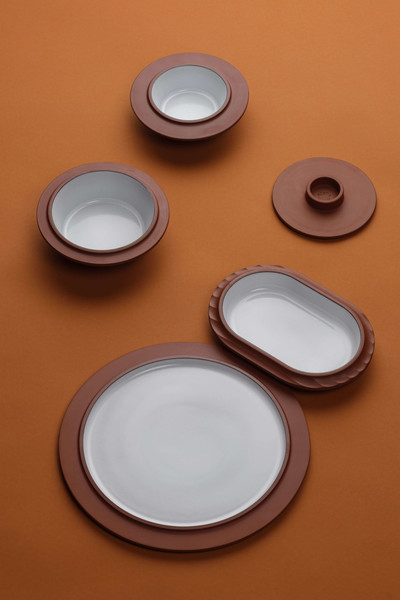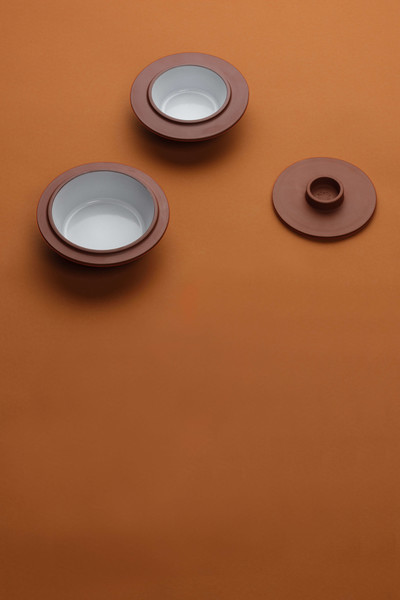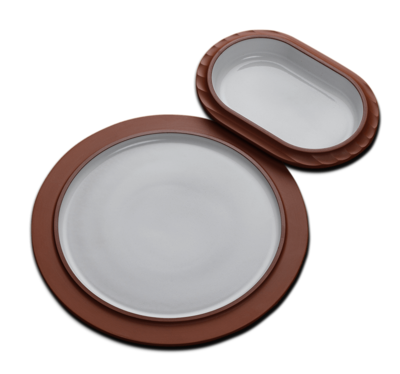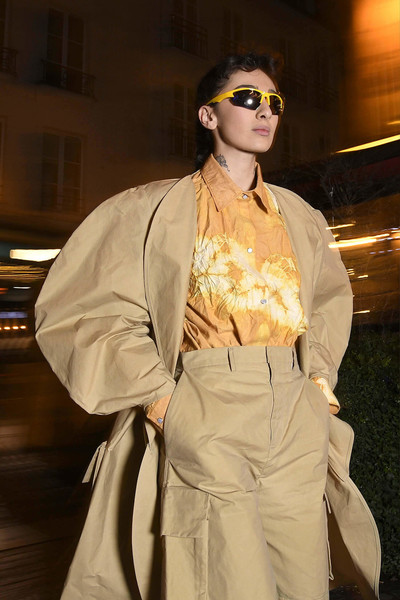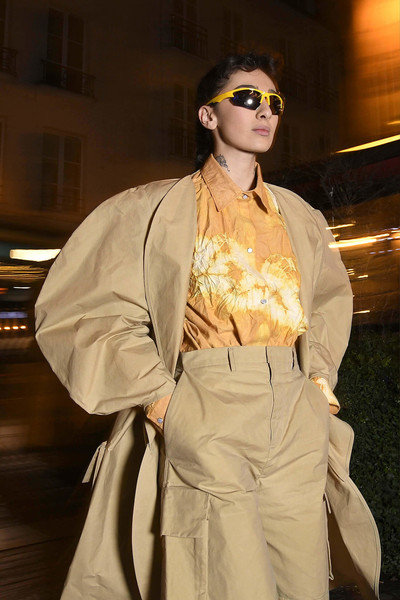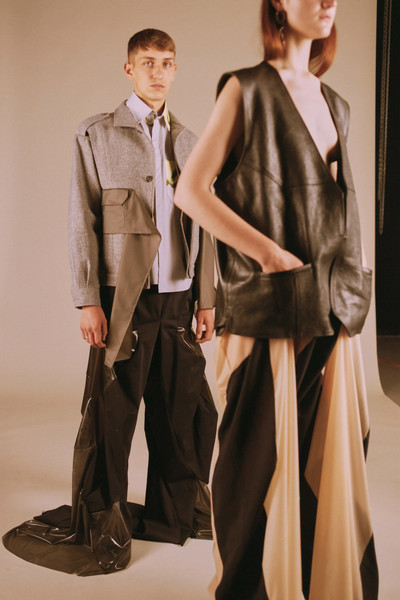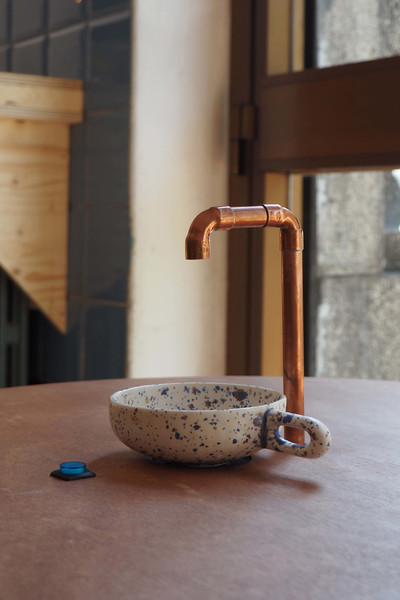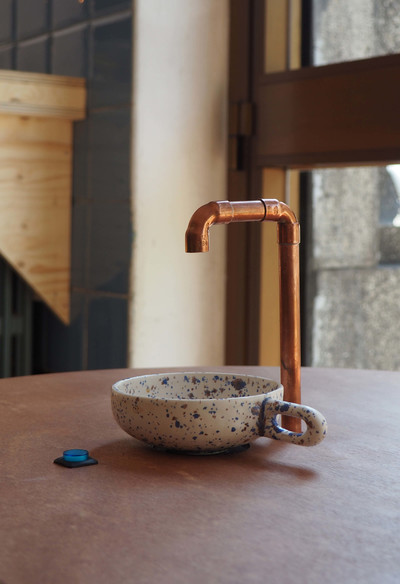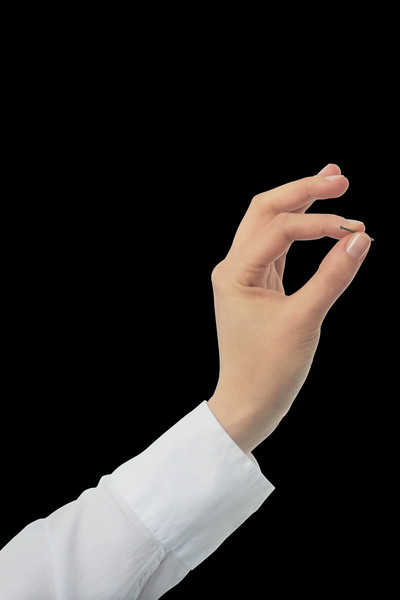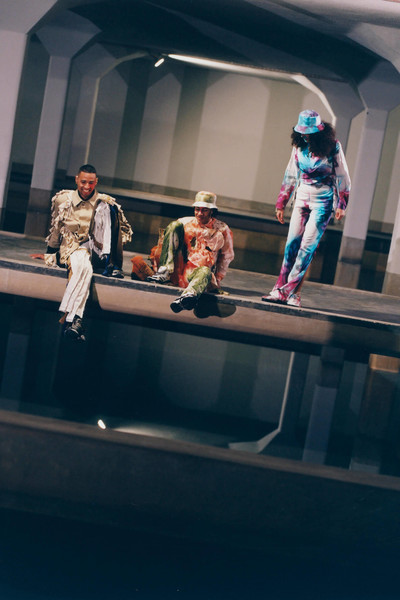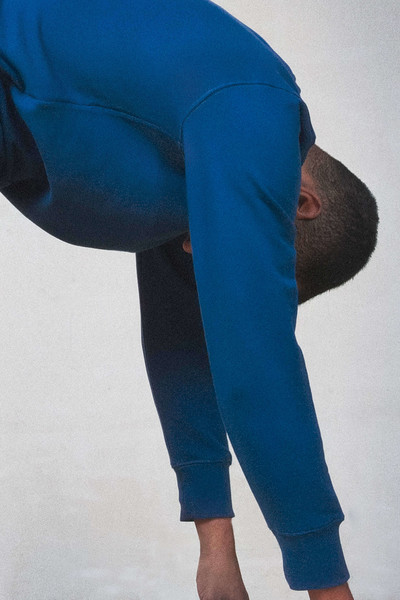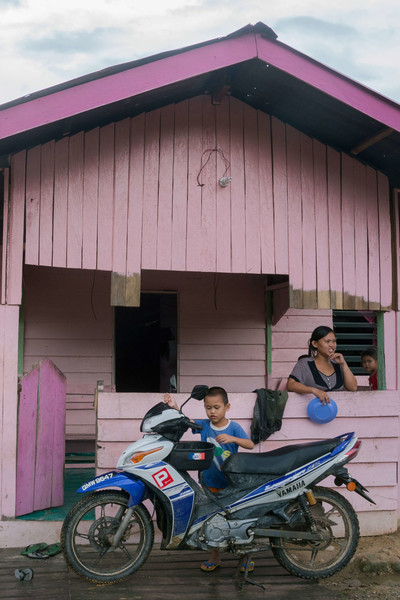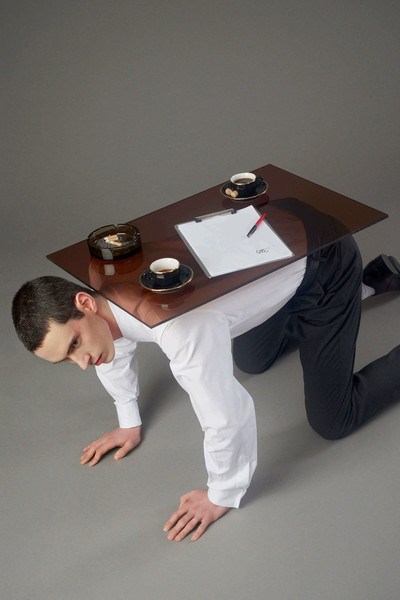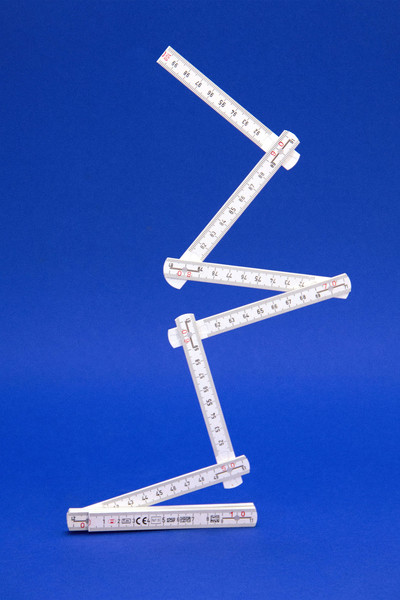Yves Mettler’s work aim at building a sense for today’s global urbanisation processes. His work ranges from interventions in the public space and sound installations to publications. The works present a narrative fabric, giving the urban environment a polyphonic, emotional, and often humourous, expression. Since 2003 Mettler develops a research & art practice around urban places called “Europe square”, cultivating the spaces between urban reality and symbolic values. His works have been shown at Galerie Georg Kargl, Vienna (2018), Hamburger Bahnhof, Berlin (2017), Bozar, Brussels (2016), Musée Cantonal des Beaux-arts, Lausanne (2011), Bawag Contemporary, Vienna (2009). In 2010, he participated in Bruno Latour’s Art and Politics Pilot project at Sciences-Po. He holds an MFA from the Vienna Art Academy and an MA in Art Theory and Language, EHESS, Paris.
Designing Togetherness
Designing Togetherness
By Yves Mettler
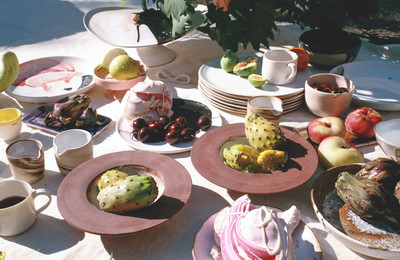

Implicated as it is in everyday life, design inevitably has to deal with day-to-day episodes: rituals where people come together and share time together. Obviously, eating is one of these moments. Looking at this year’s nominees as well as the two previous editions of the Swiss Design Awards, we aim to trace this thread in order to see how our designers challenge, appropriate, adopt and intervene in these often deeply rooted rituals. How are contemporary environmental issues of sustainability, recycling and decarbonisation, as well as societal questions of identity, traditions and de-growth addressed through their work? This will of course lead us towards product design, such as furniture (Stéphane Barbier, Filipe & Viricel), the up-and-coming field of ceramics (Ursula Vogel, crisp-id, Noemi Niederhauser, Laurin Schaub) as well as pioneering food design (Carolien Niebling) and social design (Martina Huynh), and, more surprisingly, fashion design (Collective Swallow, Luca Xavier Tanner).
Few of our everyday habits are as complex as those linked to meals. They are globalised laboratories, capable of absorbing and adapting from one day to the next, open to fashions and experiments, yet at the same time profoundly shaped by territory and by social and family traditions that are resistant to change. Dining thus becomes an “escapist” event, in which decorum is as important as the meal itself: what matters is to be, for a brief time, somewhere completely different. This kind of rootless detachment is further amplified by the internet and social media, with instagrammers posting countless snapshots of the plate in front of them in their quest for clicks, prestige and pleasure.
At the same time, intercultural sharing through the medium of culinary expertise is developing at an equal if not faster rate: at events such as the Grande Table in Morges, and in the collective urban gardens, cuisine is a favourite tool of intercultural exchange. Likewise, food itself is becoming an issue for various activist viewpoints in the face of climate change and globalisation, with calls to reduce meat consumption, cut waste, ensure traceability of ingredients, promote organic farming and the consumption of local, seasonal produce.
Peu de nos habitudes quotidiennes sont aussi complexes que celles liées aux repas. Véritables laboratoires globalisés, d’une part capables d’intégrer et de muter au jour le jour, perméables aux modes et aux expérimentations, d’autre part profondément marqués par le territoire et les traditions sociales et familiales, résistantes au changement. Ainsi, la restauration devient un évènement «escapiste», où le décorum est aussi important que le repas lui-même – l’important étant de se trouver pour un moment complètement ailleurs. Cette espèce d’errance détachée est encore amplifiée par internet et les plateformes sociales, et l’on ne compte plus les clichés pris de l’assiette posée devant l’instagrameur, promettant clicks, prestige et jouissance.
Dans le même temps le partage interculturel au travers des savoirs-faire culinaires se développe au moins autant. Que ce soit à travers des évènements comme la Grande Table à Morges, ou dans les jardins collectifs urbains, la cuisine est un instrument privilégié pour l’échange interculturel. De même la nourriture elle-même devient l’enjeu de différentes perspectives activistes face au changement climatique et la globalisation, que ce soit pour la réduction de la consommation de viande, le combat contre le gaspillage, la traçabilité des ingrédients, la culture biologique et la consommation locale et adaptée aux saisons.
“Against this backdrop, design — which is broadly concerned with fitting out everyday environments — is having to respond to changing customs surrounding meals.”
«Dans cette perspective, le design, largement lié à la question de l’aménagement des environnements quotidiens, se trouve confronté aux variations des habitudes liées aux repas.»
Against this backdrop, design — which is broadly concerned with fitting out everyday environments — is having to respond to changing customs surrounding meals. Within the field of design, therefore, there are positions that aim partly to synthesise the tensions between traditions and a desired future, and partly to embed the values of durability and environmental awareness.
Dans cette perspective, le design, largement lié à la question de l’aménagement des environnements quotidiens, se trouve confronté aux variations des habitudes liées aux repas. Ainsi il existe dans le champ du design des positions qui vise d’une part à synthétiser les tensions entre traditions et désir de futur, d’autre part à ancrer des valeurs de durabilité et de conscience environnementale.
In the exhibition Design as We Speak, Stéphane Barbier-Bouvet gives names to landscapes through a series of cases: Cévennes, Palama and Maloja. These assemblies — bar-like elements, designs for living rooms, bits of kitchen — seem entirely functional and yet incomplete. The designer quite literally leaves us high and dry in a landscape saturated with functionality, essentially telling us that it is through repeated, displaced and reinvented use, and not through the project, that we find our place in the landscape. This approach of bringing the user back to the world, locating them within a landscape rather than projecting them into a utopia, can be seen in a very different form in the design of the Midi Chair. Designers Micael Filipe and Romain Viricel, finalists in the Swiss Design Awards 2019, describe it as “a chair you stand on to reach a shelf. This is a chair that is accessible, that you use and stack up, put away and take out. Midi Chair is not an icon but an everyday worker.” Rather than adding a star to the design firmament, they have opted to create an item of furniture that puts us at our ease and places us in a shared landscape.
Dans l’exposition Design as We Speak, Stéphane Barbier-Bouvet nomme des paysages à travers une série de cases: Cévennes, Palama et Maloja. Ces assemblages, espèces de bars, esquisses de salon, bouts de cuisine semblent tout à fait fonctionnels et pourtant incomplet. Le designer nous laisse littéralement en plan, dans un paysage saturé de fonctionnalité. Au fond, il nous indique que c’est par les usages, répétés, déplacés et réinventés, et non le projet, que l’on prend place dans le paysage. Ce geste de ramener l’usager dans le monde, de l’installer dans un paysage, plutôt que de le projeter dans une utopie se retrouve d’une toute autre manière dans le dessin de la chaise Midi chair. Les designers Micael Filipe et Romain Viricel, finalistes des Swiss Design Awards 2019, la décrivent comme «Une chaise sur laquelle on monte pour atteindre une étagère. Une chaise abordable que l’on utilise et qu’on empile, que l’on rentre et que l’on sort. Midi Chair n’est pas une icône, mais une ouvrière de l’ordinaire.» Au lieu de rajouter une étoile au firmament du design, les designers ont choisi de créer un meuble qui nous met à l’aise et nous installe dans un paysage commun.
“(...) dispensing with the need for disposable receptacles while creating a souvenir that combines ecological concern with memories of a festive evening.”
«[...] évacuant la vaisselle à usage unique tout en créant un objets-souvenir dans lequel le geste écologique se lie avec les souvenirs d’une soirée festive.»
Creating a shared world, rediscovering the thread of history and interrupting the flow of standardised merchandise is what ceramist Ursula Vogel, founder of goodlifeceramics, has been doing successfully for a number of years. Her approach involves working directly with the places where her productions are used. In collaboration with the Hoffest Willisau open-air festival in 2017, she produced hand-made clinker cups that were distributed to visitors as they arrived, dispensing with the need for disposable receptacles while creating a souvenir that combines ecological concern with memories of a festive evening. Vogel has produced an entire range of porcelain tableware for Maison Manesse. Damaged items are returned to the designer’s workshop for repair rather than being discarded. The repair is underscored by a visual accent that marks the item’s history.
Créer un monde commun, retrouver le fil de l’histoire et interrompre le flux de la marchandise standardisée est une demande, un geste qu’observe aussi depuis quelques années la céramiste Ursula Vogel, fondatrice de goodlifeceramics. Vogel intègre ce geste en collaborant directement avec les lieux où ses productions sont mises en usage. Avec le festival en plein air Hoffest Willisau en 2017, la céramiste a produit des gobelets en terre cuite distribués aux visiteurs à l’entrée du festival, évacuant la vaisselle à usage unique tout en créant un objets-souvenir dans lequel le geste écologique se lie avec les souvenirs d’une soirée festive. Pour la Maison Manesse, Vogel a produit toute une gamme de vaisselle en porcelaine. Les pièces abîmées, au lieu de disparaître, retourne à l’atelier pour que la céramiste les répare. La réparation est soulignée par un accent visuel, marquant l’histoire de la pièce.
A similar avenue is explored by designers Jérôme Rütsche and Felix Spuhler of crisp-id. Their tableware for the bistrobar at the Casino Bern, centred around a minimum number of items, is intended to be as versatile as possible. The sober and refined ceramic design references the regions from which the food served on them comes, but without descending into cliché. In the same vein, the polished, stone-effect plates in the Terrazzo collection by Laurin Schaub, a finalist in the Swiss Design Awards 2018, evoke asphalt, urban landscapes, terraces fringed with crowds and bustling avenues. His Landscapes series, by contrast, confounds all sense of scale. At first sight, these pieces of scenery appear unusable, abstract. Ways of using them — serving up a sauce as if to suggest a mountain lake, arranging a piece of fruit like an erratic rock, laying an egg on the plate like a pasture — have to be invented by exploring the landscape.
C’est une voie qu’explore également les designers Jérôme Rütsche and Felix Spuhler de Crisp-id. La vaisselle réalisée pour le bistrobar du Casino Bern, dont le nombre de pièces est réduit au minimum, est pensée pour être la plus versatile possible. Le design sobre et soigné en terre cuite rappelle sans tomber dans le cliché la terre d’où proviennent les aliments servis. Dans la même veine, es éclats de minéraux polis de la collection Terrazzo de Laurin Schaub finaliste des Swiss Design Awards 2018, rappelle l’asphalte, le paysage urbain, la terrasse bordée par la foule et la bruyante avenue. Sa série Landscape par contre échappe à toute échelle. Au premier abord, ses paysages sont inutilisables, abstraits. L’usage, présenter une sauce comme un lac de montagne, disposer un fruit comme un bloc erratique, poser un œuf au plat comme un pâturage, doit être inventé, le paysage exploré.
“At first sight, these pieces of scenery appear unusable, abstract. Ways of using them — serving up a sauce as if to suggest a mountain lake, arranging a piece of fruit like an erratic rock, laying an egg on the plate like a pasture — have to be invented by exploring the landscape.”
«Au premier abord, ses paysages sont inutilisables, abstraits. L’usage, présenter une sauce comme un lac de montagne, disposer un fruit comme un bloc erratique, poser un œuf au plat comme un pâturage, doit être inventé, le paysage exploré.»
Much the same can be said of the curious collection T’as fatigué la salade? by Noemi Niederhauser, a nominee in the Swiss Design Awards 2019. Accompanied by ample garments, belts, ceramic fish and painted-wood logs, her ceramics are suggestive of food as poetry.
Designer and food futurist Carolien Niebling, author of the book Sausage of the Future, nominee in the Swiss Design Awards 2018 and winner of the Design Prize in 2019 in the research category, is something of an expert when it comes to accessing the seemingly monstrous and shifting subjectivity and beliefs. The large-format volume with its appealing colours presents the sausage of tomorrow. It transforms the sausage — the quintessential food of the people — into a vehicle for a transition towards reduced meat consumption. Rather than stating a dogma, the book provides recipes, feeds the imaginary and invites experimentation.
The same experiment is served up by Martina Huynh with her project Basic Income Café. Disappointed by the outcome of the 2016 Swiss vote on the unconditional basic income, Huynh wondered how to close the gap between the opposing sides of the debate and ask the more fundamental question of what economic model we want. Her response was to set up a café with a bar and two tables at which each new arrival receives their first coffee free of charge. If they want a second, there are two ways to get it based on two models of universal income, each represented by a table set accordingly. This is where the discussion begins, moderated by the “managers” of the establishment. As a result the café, traditionally a place where ideas are nurtured, becomes the location for a collective, empirical experiment and knowledge creation.
Un peu comme l’étrange collection T’as fatigué la salade? de Noemi Niederhauser, qui a participé aux Swiss Design Awards 2019. Accompagné d’un vêtement très large, de ceintures, de poissons en terre cuite et de bûches de bois peintes, les céramiques de Niederhauser suggère une nourriture poétique.
Donner accès à ce qui paraît monstrueux, déplacer la subjectivité et les croyances, voilà un travail que connaît bien la designer et food futurist Carolien Niebling, autrice du livre Sausage of the Future, participante aux Swiss Design Awards 2018 et lauréate du Designpreis 2019 dans la catégorie recherche. Le grand format aux couleurs séduisantes présente la saucisse de demain. La saucisse, l’aliment populaire par excellence, devient à travers ce livre un véhicule pour la transition vers une consommation réduite de la viande. Plutôt que de produire un dogme, le livre donne des recettes, alimente l’imaginaire et invite à l’expérimentation.
C’est une expérience aussi que propose Martina Huynh avec son projet Basic Income Café. Déçue par l’échec de la votation suisse en 2016 sur le revenu universel, Huynh s’est demandé comment dépasser la dichotomie pour ou contre, et poser la question plus élémentaire de quel modèle économique est désirable. Pour cela, la designer a développé un café, équipé d’un bar et de deux tables, où chaque nouvel arrivant reçoit gratuitement un premier café. Pour un deuxième café s’ouvre deux procédures possibles, basée sur deux modèles du revenu universel, chacune représentée par une table spécialement aménagée. A partir de là commence la discussion, modérée par les «tenanciers·ères» du café. Ainsi Le café, lieu traditionnel de la fabrique d’opinions, devient un lieu collectif d’expérience empirique et générateur de savoir.
“Their synaesthetic approach focuses on transposing the taste experience of the dishes and the environment into materials and volumes, concrete abstractions that create novel associations.”
«Leur approche synésthétique se concentre sur la transposition de l’expérience gustative des plats et de l’environnement en des matières et des volumes, des abstractions concrètes créants des associations inédites. »
Transposing an experiment to an entirely new register is also what Anaïs Marti et Ugo Pecoraio of Collective Swallow set out to do. Ever since they started out, they have sought inspiration in culinary habits and traditions, such as the summer terrace of the village bistro Schwälbli, where guests can enjoy an ice-cream coupe under the orange awning at the traditional autumn “metzgete”. Their synaesthetic approach focuses on transposing the taste experience of the dishes and the environment into materials and volumes, concrete abstractions that create novel associations.
Déplacer une expérience, dans un tout autre registre, est aussi le projet d’Anaïs Marti et Ugo Pecoraio de Collective Swallow. Dès leur début, les designers cherchent l’inspiration dans les habitudes et les traditions culinaires, comme la terrasse d’été du bistrot du village Schwälbli où l’on déguste une coupe Danemark sous l’auvent orange, dans la traditionnelle «metzgete» à l’automne. Leur approche synésthétique se concentre sur la transposition de l’expérience gustative des plats et de l’environnement en des matières et des volumes, des abstractions concrètes créants des associations inédites.
Push displacement a little further, and it turns into disjuncture — as with the incongruous metaphor of the piece of discarded chewing gum stuck to a shoe construed as a fortuitous encounter with the other formulated by the young stylist Luca Xavier Tanner. Picking up on this “oversharing”, the stylist transforms existing clothes by incorporating folds, gills, sometimes made of latex, introducing something “other”, like an extra dimension, or giving a new depth to a given surface.
Du déplacement on peut pousser jusqu’au décalage. Comme la métaphore incongrue de la chaussure retenue par le chewing-gum craché par terre comme rencontre fortuite de l’autre formulée par le jeune styliste Luca Xavier Tanner. Reprenant ce «partage» par trop intime, le styliste va transformer des vêtements existants en y incluant des plis, des branchies, parfois en latex, introduisant de l’autre, comme une dimension supplémentaire, ou une nouvelle profondeur à une surface donnée.
“By observing and giving shape to these moments in every one of their possible dimensions rather than projecting us into an unobtainable utopia, these designers ask fundamental questions about the paradigms of modernity.”
«En observant et en mettant en forme ces moments dans toutes leurs dimensions possibles, plutôt que de nous projeter dans un monde utopique inatteignable, ces designers questionnent profondément les paradigmes de la modernité.»
What comes through in all these positions — or rather explorations — is the richness and density of the available strategies for engaging with the world via meals and time spent together: moments that hold the most intimate ties to our environment. By observing and giving shape to these moments in every one of their possible dimensions rather than projecting us into an unobtainable utopia, these designers ask fundamental questions about the paradigms of modernity. With their implication of hitherto unseen continuities rather than breaks, they allow us to renew and refine our taste for a world that is at once very present and in constant change.
Ce qui apparaît à travers toutes ces positions, ou plutôt explorations, c’est la richesse et la densité d’approches possibles du monde passant par le manger et le temps passé ensemble. Dans ces moments résident les liens les plus intimes à notre environnement. En observant et en mettant en forme ces moments dans toutes leurs dimensions possibles, plutôt que de nous projeter dans un monde utopique inatteignable, ces designers questionnent profondément les paradigmes de la modernité. En suggérant des continuités inédites plutôt que des ruptures, les designers nous permettent de renouveler et d’affiner notre goût pour un monde bien présent et en même temps en perpétuelle transformation.
